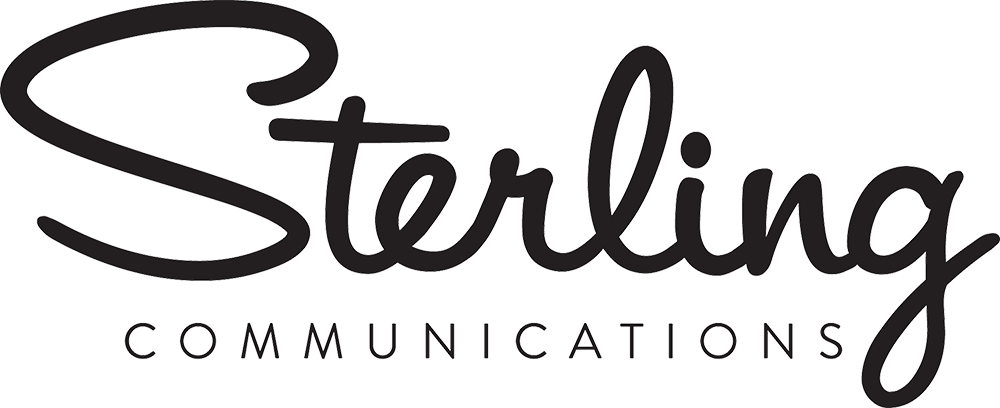As explained in a previous post, company podcasting can be a great way to augment marketing and communications goals and showcase expertise in an engaging and popular format.
If you’re considering the launch of a company podcast, here are some podcasting tips and best practices to inform your efforts.
Planning a company podcast
Before you launch a new product or service, you need a plan. It’s always important to have the right strategy and track each milestone along the way. Podcasting is no different. It’s critical to have business objectives, a solid communications plan, and a content strategy before launch.
Use these three questions to frame company podcast preparations:
- What is your message?
- What are your goals?
- How will you ensure engagement with your audience?
What you need for podcasting
A company podcast will need branding. This includes cover art (for listing on various hosting platforms and for highlighting on your own website). A written show description and a standard introduction that can be reused at the start of each episode is also important. Each individual episode will also need its own brief written description.
You’ll also probably want some background music to accompany your standard introduction and to close out each podcast episode. Musical accompaniment doesn’t have to cost an arm and a leg. There are loads of free resources online for royalty-free and copyright-free podcast music, including the Free Music Archive, Pixabay, and the YouTube Audio Library.
Standard equipment for recording can include nothing more than a smartphone. However, we advise that at minimum you record using a headset with microphone or earbuds as they improve voice-capture exponentially. For even more polished recording, there are now dozens of inexpensive podcast microphones available for purchase, many with built-in noise reduction features and pop filters that supply studio-grade sound.
Speaking of studios, they’re great! But you don’t necessarily need one to record a podcast. A quiet, distraction-free room with a closed door should suffice.
Some software will be required to produce your company podcast. While you can use standard smartphone recording features or even conferencing apps like Zoom or Skype to record your sessions, we recommend exploring applications purpose-built for podcasting. In our client podcast production efforts, we’re currently using Ringr due to its remote recording clarity, same-room sound, and multiparty participation features.
You’ll also need a podcast hosting service to store and distribute your episode files and to submit them to Apple Podcasts, Spotify, Google Podcasts, or other podcast directories. There are tons of affordable podcast hosting services, and many provide extras such as analytics, scheduling tools, and social sharing features. Sterling currently uses podcast industry stalwart libsyn for our clients.
Coaching tips for first-time podcasters
Aside from using headphones and a mic and recording in a quiet space, here are a few other tips for recording company podcasts:
- Encourage participants to start over or restate as needed – it’s fairly easy to edit and stich-together audio files. And everyone stumbles verbally sometimes. As long as you aren’t broadcasting a live audio stream, take advantage of the medium’s benefits to produce the best listening experience. On the flip side, don’t expect or aim for absolutely flawless delivery; overly scripted podcasts tend to be stilted and unappealing.
- The tempo of speaking should be close to when you speak with someone on the phone, not too fast and not too slow. Remember to breathe.
- Citing statistics and sources is great for credibility, but there’s a diminishing return on effectiveness in a single audio encounter. Judiciously curate your references and try to limit stats to 3–4 in any single episode.
- Unless you’re creating a single speaker podcast, the experience is a conversation and should sound like one. Encourage authenticity, reciprocity, and interesting anecdotes; and suggest that guests pause briefly before answering questions. These qualities tend to engage listeners.
Getting the word out
Once your company podcast is recorded, edited, hosted, and live for streaming or download, you’ll want to spread the news to potential listeners. In addition to encouraging all your friends and family to listen and review where applicable, publicize your podcast on your company website. Reach out to your intended audience with links to your episodes via your organization’s social media accounts, and participate in #PodRevDay on Twitter and similar podcast-related forums.
You can also engage with podcast directories (Apple, Spotify, etc.) on social media to increase potential reach. And depending on your podcast format and amplification goals, outbound pitching for your show to appear in industry “top ten” lists and roundups relevant to your target audience might also be a good idea.
If you’d like more information or further guidance on developing a podcast or integrating podcasting with your overall PR and communications objectives, feel free to email us at go@sterlingpr.com or call (408) 395-5500.

